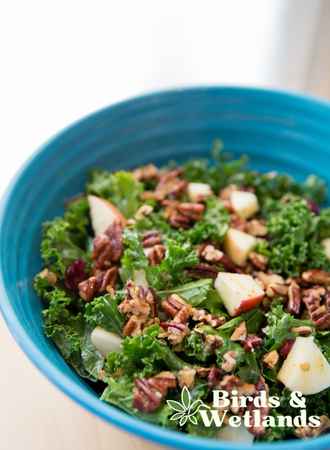It is no secret geese love greens. Even though they are omnivores, the bulk of their diet consists of grass, aquatic plants and other vegetation. But can geese eat kale?
Yes, they definitely can. Kale is an excellent source of nutrients and antioxidants, making it an ideal food for geese. In fact, kale can be a part of a healthy diet for your flock of geese.
Key Points
- Generally speaking, geese are not picky birds. They love leafy vegetables and enjoy treats such as kale, Romaine lettuce and other plants.
- Kale is an excellent source of nutrients and antioxidants.
- Wild geese can also benefit from eating kale instead of bread.
- Baby geese need a balanced diet to remain healthy, and kale can be a good addition to their diet since it is rich in vitamins, minerals and nutrients.
- You can serve kale either fresh or cooked (but raw is generally more nutritious), cut into small pieces.
Can wild geese eat kale?
Yes, you can feed geese kale. In fact, kale is even a healthier alternative to giving geese bread.
Why you should avoid bread? Bread is considered junk food for geese. Geese accustomed to eating bread will not be getting the right kind of food and will become unhealthy. Bread is not nutritious for geese, and if they eat too much bread, they will not eat the natural foods that they need to stay healthy.
Geese are technically vegetarians and if they don’t eat their usual diet of fresh greens, they may develop health issues such as angel wings. An angel wing is a condition in which the bones in the wings grow abnormally. So feeding ducks and geese bread does them more harm than good.
While it may be tempting to feed bread to a wild goose, it is important to remember that this water bird, like any other animal, requires a healthy diet. A few crusts of bread may not have an immediate effect but if geese regularly eat them, it can have devastating health effects on them.
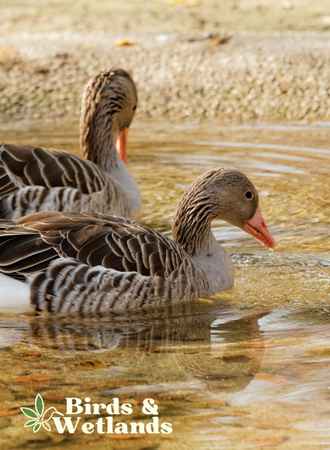
Do backyard geese love kale?
Backyard geese love kale. In fact, it is one of their favorite leafy green vegetables.
Kale is high in nutrients necessary for a healthy diet, and its bold flavor is popular among many goose families. In addition to being a tasty treat, kale is high in fiber, which can help keep backyard geese healthy and prevent digestive issues.
Best of all, kale is simple to grow, so you can always keep a fresh supply on hand from your vegetable garden for your feathered friends. You will enjoy watching your geese helping themselves to a free access of garden fresh kale.
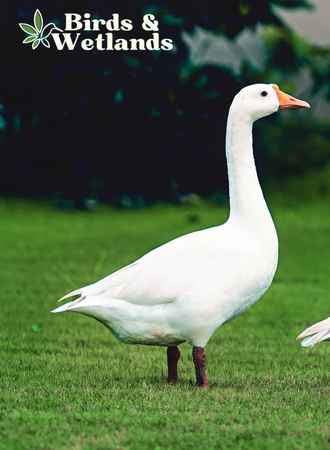
Can baby geese eat kale?
Baby geese need a balanced diet to remain healthy, like all other animals. Kale can be a good addition to your young goslings’ diet.
It is rich in vitamins, minerals and nutrients such as vitamins A and C, iron, fiber and calcium. Ensure you serve it sliced into small pieces to make it easy for your baby geese to digest kale.
And most importantly, supplement your goslings’ diet with other food sources to ensure they get all the nutrients they need to grow healthy.
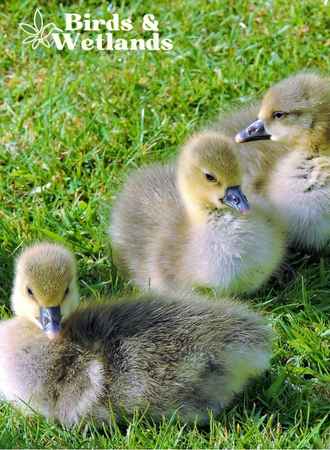
Can geese eat cooked kale?
Both raw and cooked kale is safe for geese. However, raw kale is generally considered more nutritious, as cooking can sometimes reduce the nutritional value of food.
It is essential to ensure that the kale does not contain any seasonings or salt, as these substances can be toxic to geese.
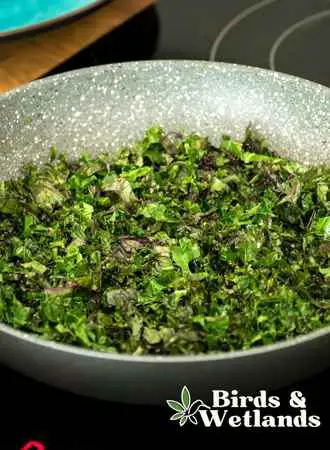
What are the nutritional benefits of feeding geese kale?
Free-range geese are known for their voracious appetites and frequently eat anything they can get their beaks on. So you will be able to incorporate kale into their diet easily.
Kale may not be a common treat in a goose’s book but it is an excellent choice due to its high nutrient content, which promotes their health. For instance, kale is a rich source of vitamin E, which is essential for a healthy immune system. In addition, kale’s high fiber content aids in maintaining a healthy digestive tract, and its vitamin C content can help support respiratory health.
| Nutrient | Amount per 100 g | Benefit for Geese |
|---|---|---|
| Vitamin A | 984% of the daily value (DV) | Essential for maintaining good vision and healthy skin and feathers |
| Vitamin C | 134% of the DV | Supports the immune system and helps with wound healing |
| Vitamin K | 684% of the DV | Helps with blood clotting and proper bone health |
| Calcium | 9% of the DV | Essential for maintaining strong bones and proper muscle function |
| Iron | 6% of the DV | Supports red blood cell production and oxygen transport |
| Potassium | 9% of the DV | Helps regulate fluid balance and supports proper heart and muscle function |
| Fiber | 3g | Supports healthy digestion and helps regulate bowel movements |
| Protein | 3g | Essential for growth, maintenance, and repair of tissues |
It’s important to note that the nutritional content of kale can vary depending on growing conditions and the stage of maturity at which it is harvested.
Additionally, this table only provides a general idea of the nutrient content of kale and is not meant to replace veterinary advice for determining the best diet for your pet goose.
How often can geese eat kale?
Kale can be added as a regular food or a special treat, either work. If you want to make kale a part of your goose’s regular diet, make sure you mix it with other vegetables and foods such as dandelion flowers, sunflower seeds, broccoli, cucumbers and grass stems.
How to serve kale to geese
You can serve kale either fresh or cooked. But if you want to maximize the health benefits of this vegetable, feed it to your geese raw.
When you serve kale to your geese, make sure you cut them into small pieces. You can then place the chopped kale into your goose’s water dish with fresh drinking water to make the perfect treat.
Access to water is particularly important on a hot summer day. Watch your geese have fun fishing the kale out of the water.
Geese need a safe environment so make sure you also remove uneaten food and clean their feeding areas after they are done snacking on kale.
What other foods can you mix with kale?
Kale is a nutritious leafy green that can be a good addition to your goose diet. However, kale may only supply some of the nutrients your adult geese need. Fortunately, like most leafy greens, kale is a flexible food. You can come up with different food combinations with it as the main component.
Combine kale with other leafy greens such as beet greens, dandelion greens, lettuce greens, common lettuces, cabbage, collard greens and green grass are some of the best treats for a well-rounded diet. However, stay away from spinach because it contains moderate amounts of oxalic acid, which can deplete calcium in bird bones.
For variety, you can also add root vegetables such as carrots and sweet potatoes. In the winter, your geese may consume about a pound of feed each day to bulk up so adding a variety of vegetables to their diet can help them maintain their energy levels and regulate body heat.
Although kale is high in protein, you can make sure that your geese are getting enough protein in their diet by giving them a dried bug treat such as dried mealworms. Doing this will delight your geese, especially during winter months when they aren’t getting enough foraged bugs.
During the laying season when your geese need a boost to their diet, you can mix kale with their usual commercial feed and scratch grains. Cracked corn and whole wheat mixed with kale can be part of your geese’s special snacks.
As always, introduce new foods gradually so that your geese have enough time to adjust.
